I remember my first time reading Bram Stoker's Dracula. I was a teenager, huddled under the covers with a flashlight, completely captivated by the menacing Count and his shadowy castle. Like many, I just assumed Dracula was a direct retelling of a real, bloodthirsty Romanian prince. It was a simple, terrifying equation: historical monster equals fictional monster. It wasn't until years later, digging into historical accounts for a university paper, that I discovered the fascinating, tangled, and often-misrepresented truth. The real story isn't about a vampire, but about how history, folklore, and fiction collided to create an icon. Unraveling the genuine vlad the impaler dracula connection is a journey that separates a 15th-century ruler from a 19th-century literary creation, revealing how one man's brutal reputation became the seed for the world's most famous vampire.
Contents
- 1 Exploring History to Understand the Vlad the Impaler Dracula Connection
- 2 From History to Horror: The Vlad the Impaler Dracula Connection in Literature
- 3 Forging the Link: How the Modern Vlad the Impaler Dracula Connection Was Born
- 4 The Enduring Legacy of the Vlad the Impaler Dracula Connection
- 5 Frequently Asked Questions About the Vlad the Impaler Dracula Connection
- 6 References
- 7 Conclusion
Exploring History to Understand the Vlad the Impaler Dracula Connection
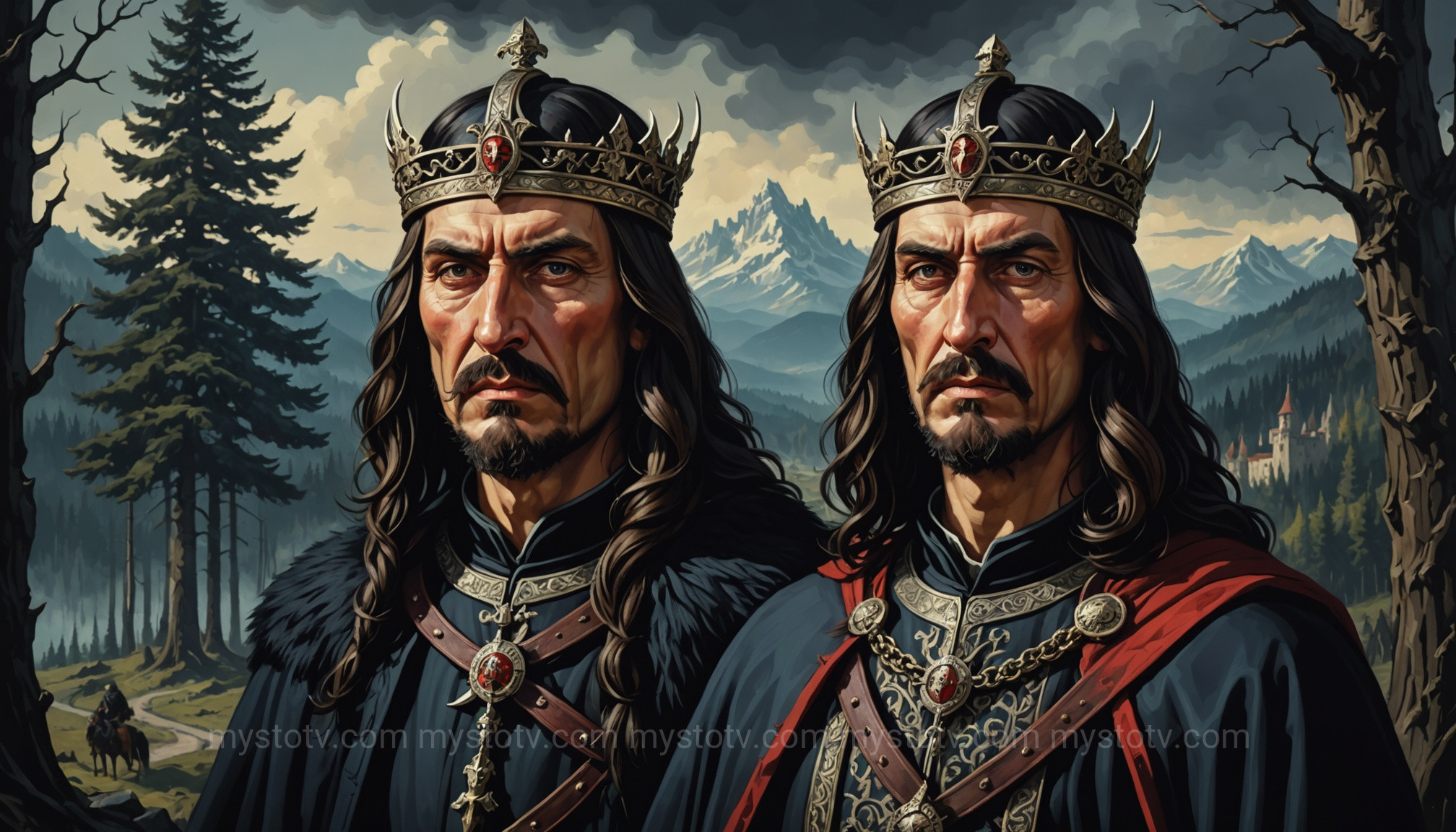
To grasp the true nature of the vlad the impaler dracula connection, one must first step back in time, far from the gothic spires of fiction and into the harsh political landscape of 15th-century Wallachia (a historical region of modern-day Romania). Here we find not a creature of the night, but a prince of flesh and blood: Vlad III.
Who Was Vlad III, Prince of Wallachia?
Born in 1431 in Sighișoara, Transylvania, Vlad III was the son of Vlad II Dracul. The name "Dracula," which would become so infamous, simply means "son of Dracul." His father had been inducted into the Order of the Dragon, a chivalric order dedicated to defending Christian Europe against the expansion of the Ottoman Empire. The symbol of the order was a dragon, and "Dracul" was derived from the Romanian word for dragon, "drac." While today "drac" also means "devil," in Vlad's time it carried the more noble, draconic connotation.
Vlad's early life was tumultuous. He and his younger brother were given as political hostages to the Ottoman Sultan Murad II, where he spent years observing Ottoman politics and military tactics. This experience undoubtedly shaped his worldview and his subsequent ruthless approach to governance and warfare. He would fight for the throne of Wallachia three times, ruling intermittently between 1448 and his death in 1476.
The Impaler: A Ruler's Brutal Reputation
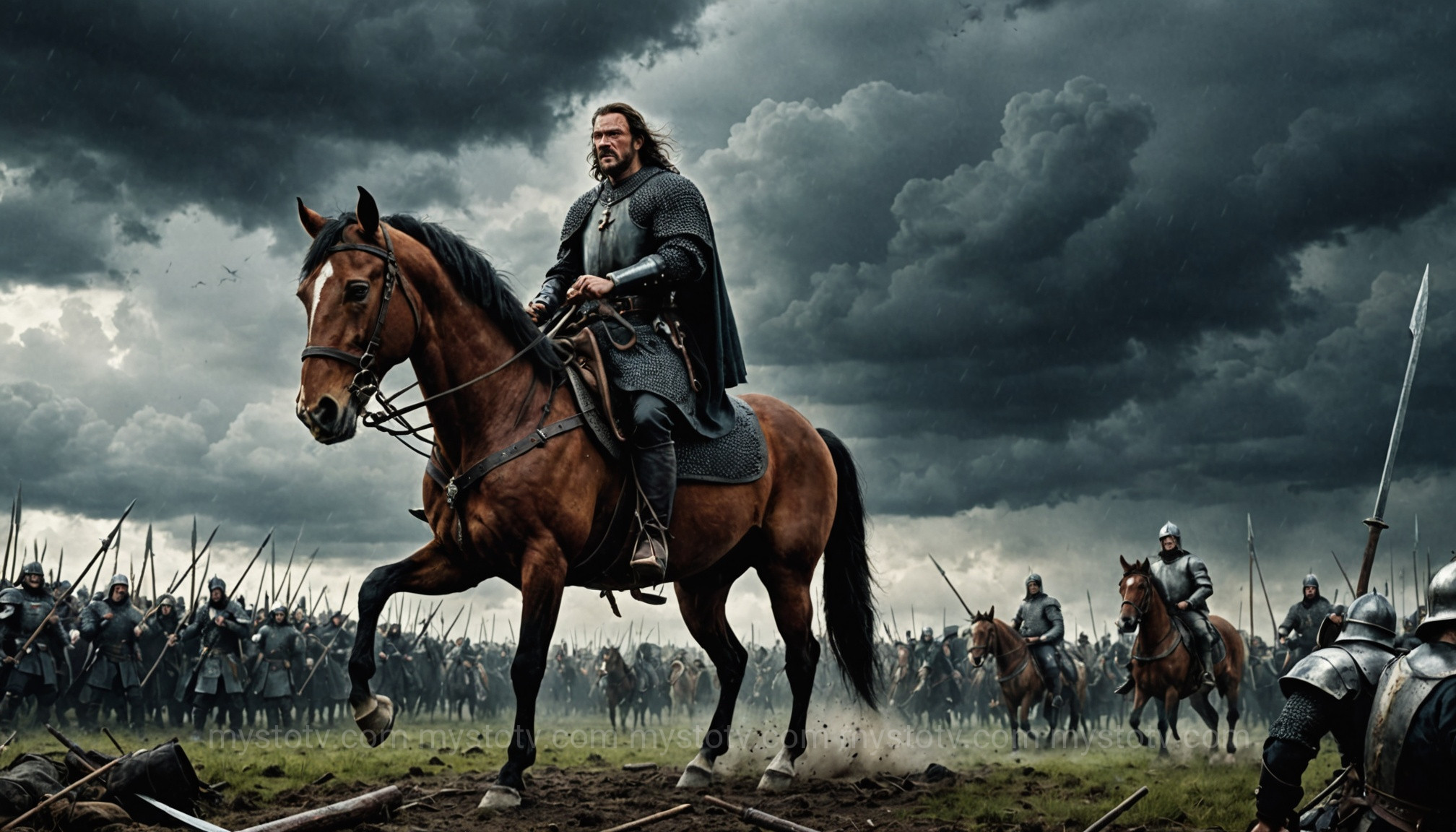
Vlad's moniker, "Țepeș" (the Impaler), was earned through his preferred method of execution. Impalement was a horrific form of public execution meant to inspire terror and obedience in his enemies and his own subjects. He used it against invading Ottoman soldiers, corrupt boyars (nobles), and common criminals alike. German pamphlets from the period, essentially early forms of propaganda, sensationalized his cruelty, depicting him dining amidst a "forest" of impaled bodies.
One of the most famous accounts describes how an advancing Ottoman army, led by Sultan Mehmed II himself, retreated in horror upon discovering tens of thousands of impaled Turkish captives along the banks of the Danube. While these numbers are likely exaggerated, the psychological impact was real. Vlad cultivated this terrifying image as a tool of statecraft in a brutal age. This historical cruelty is the foundational element of the vlad the impaler dracula connection, providing a real-world "monster" to whom the fictional one could later be attached.
Analysis: Vlad the Impaler's historical reputation for cruelty is undeniable, but it was rooted in political and military strategy, not supernatural evil. He was a product of a violent era, using terror as a weapon to consolidate power and defend his small principality against a massive empire. His actions, while monstrous by modern standards, were those of a human ruler, not a vampire. It is this reputation for real-world horror, amplified by enemy propaganda, that made him a plausible, if historically inaccurate, ancestor for a literary monster centuries later.
From History to Horror: The Vlad the Impaler Dracula Connection in Literature
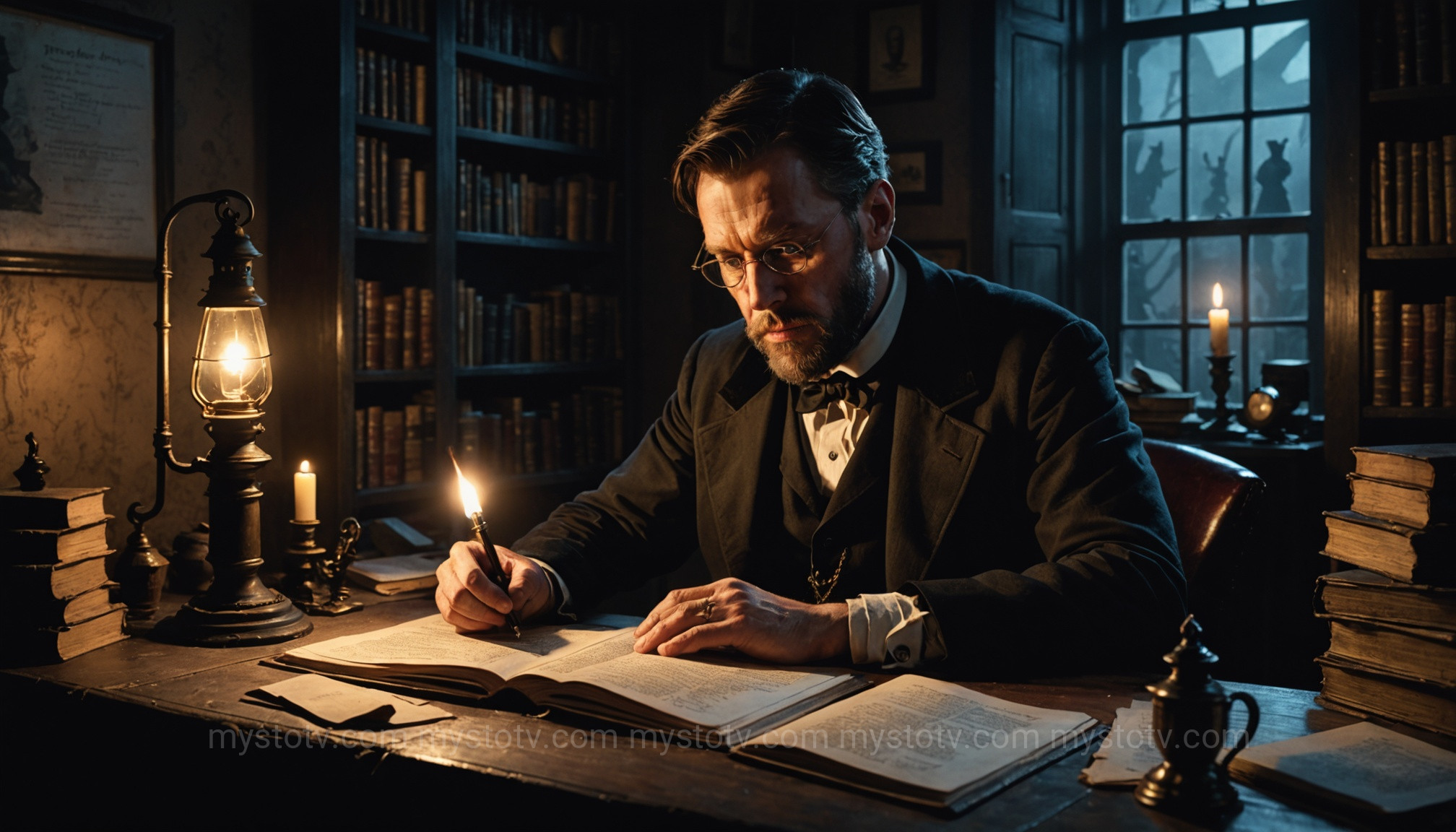
The second half of our story shifts from the battlefields of Wallachia to the dimly lit studies of Victorian London. Here, author and theater manager Bram Stoker pieced together folklore, travelogues, and his own imagination to create Count Dracula. The literary side of the vlad the impaler dracula connection is far more tenuous and coincidental than most people believe.
The Genesis of Bram Stoker's Count Dracula
Bram Stoker's 1897 novel Dracula was not the first vampire story, but it became the definitive one. His Count is a suave, aristocratic, and ancient predator. Stoker spent years researching Eastern European folklore, borrowing concepts like the vampire's inability to cross running water and its aversion to garlic and crucifixes. His original notes show his vampire was to be named "Count Wampyr" and set in Styria, Austria.
So, what changed? During his research, Stoker came across a book by William Wilkinson, An Account of the Principalities of Wallachia and Moldavia (1820). In a footnote, Wilkinson mentions a 15th-century voivode (prince) named "Dracula" who was famous for his cruelty and his battles against the Turks. Stoker was struck by the name. As he noted himself, "Dracula in the Wallachian language means Devil." He seized upon this powerful, evocative name and transplanted his vampire's home to the more mysterious and "wild" region of Transylvania.
Stoker's Limited Knowledge of Vlad
This is the critical point in understanding the authentic vlad the impaler dracula connection. Evidence suggests that the name "Dracula" and the brief description of his ferocity against the Turks were almost the entirety of what Stoker knew about the historical Vlad III. There is no mention of impalement in Stoker's novel. The Count's backstory references fighting the Turks on the "great river," but these are vague allusions. The intricate details of Vlad's life, his political struggles, his time as a hostage, and his famous "forest of the impaled" were all absent from Stoker's narrative.
Analysis: Stoker did not set out to write a fictionalized biography of Vlad the Impaler. He created a vampire character and, late in the process, found a historical name that sounded menacing and fit the part. The connection was one of convenience and atmosphere. He borrowed a name and a sliver of reputation, but the character of Count Dracula—his powers, his weaknesses, his aristocratic demeanor—was a product of Stoker's imagination and existing vampire folklore, not the life of the Wallachian prince. The deep link we assume today was simply not present in the original novel.
Forging the Link: How the Modern Vlad the Impaler Dracula Connection Was Born
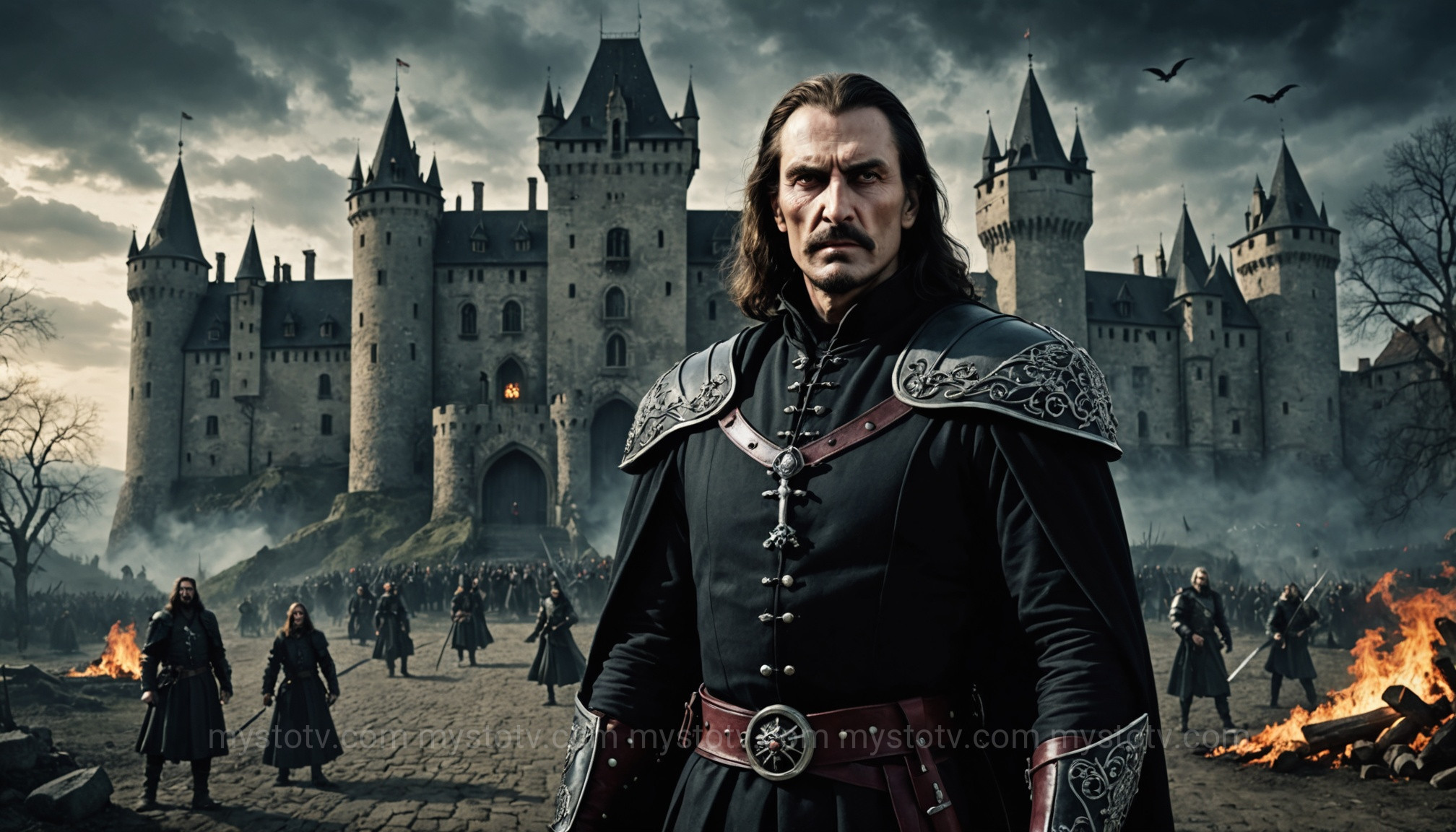
If Stoker's link was so superficial, how did the modern, deeply-entrenched vlad the impaler dracula connection become a cultural certainty? The answer lies not in the 19th-century novel, but in 20th-century scholarship and, most powerfully, in cinema.
The Name Is the Game: "Dracula"
The name itself was the primary catalyst. As Stoker's novel became a global phenomenon, readers and scholars began to look into the origins of the name "Dracula." This naturally led them to the historical figure of Vlad III. The most significant academic work to cement this link was In Search of Dracula (1972) by Radu Florescu and Raymond T. McNally. They were the first to extensively argue that the historical Vlad was the primary inspiration for the fictional Count, mapping the novel's events onto Romanian history and geography.
While their work was popular and influential, many later historians have challenged its conclusions, pointing to the lack of evidence in Stoker's own notes. Exploring history to understand the connection reveals that the historical context of Vlad's name is far removed from the demonic interpretation Stoker favored.
Post-Stoker: The Pop Culture Fusion
It was Hollywood that truly sealed the deal. While early films like Nosferatu (1922) and the Bela Lugosi classic Dracula (1931) focused purely on Stoker's gothic monster, later adaptations began to explicitly merge the two figures. The most famous example is Francis Ford Coppola's 1992 film, Bram Stoker's Dracula. The film's prologue directly portrays Dracula as Vlad the Impaler, who renounces God after his wife's suicide and is cursed with undeath.
This powerful, romantic, and tragic backstory, which has no basis in the novel or in history, became the definitive version for millions. Since then, countless movies, TV shows, and books have presented the vlad the impaler dracula connection not as a theory, but as an established fact.
Analysis: The modern connection is a pop culture construct. It began with academic inquiry that drew plausible—though now contested—lines between the two, and was then solidified into an unbreakable myth by the narrative power of film. Coppola's movie, in particular, did more to fuse Vlad and Dracula in the public consciousness than any historical text. We remember the on-screen image of a warrior prince becoming a vampire, overwriting the more complex and separate realities of both the man and the literary character.
The Enduring Legacy of the Vlad the Impaler Dracula Connection
Today, the fusion of Vlad and Dracula is a powerful cultural and economic force, shaping how the world sees a historical figure and how a nation presents its history to the world. The legacy of the vlad the impaler dracula connection is a fascinating case study in how myth can overshadow reality.
Dracula Tourism in Romania
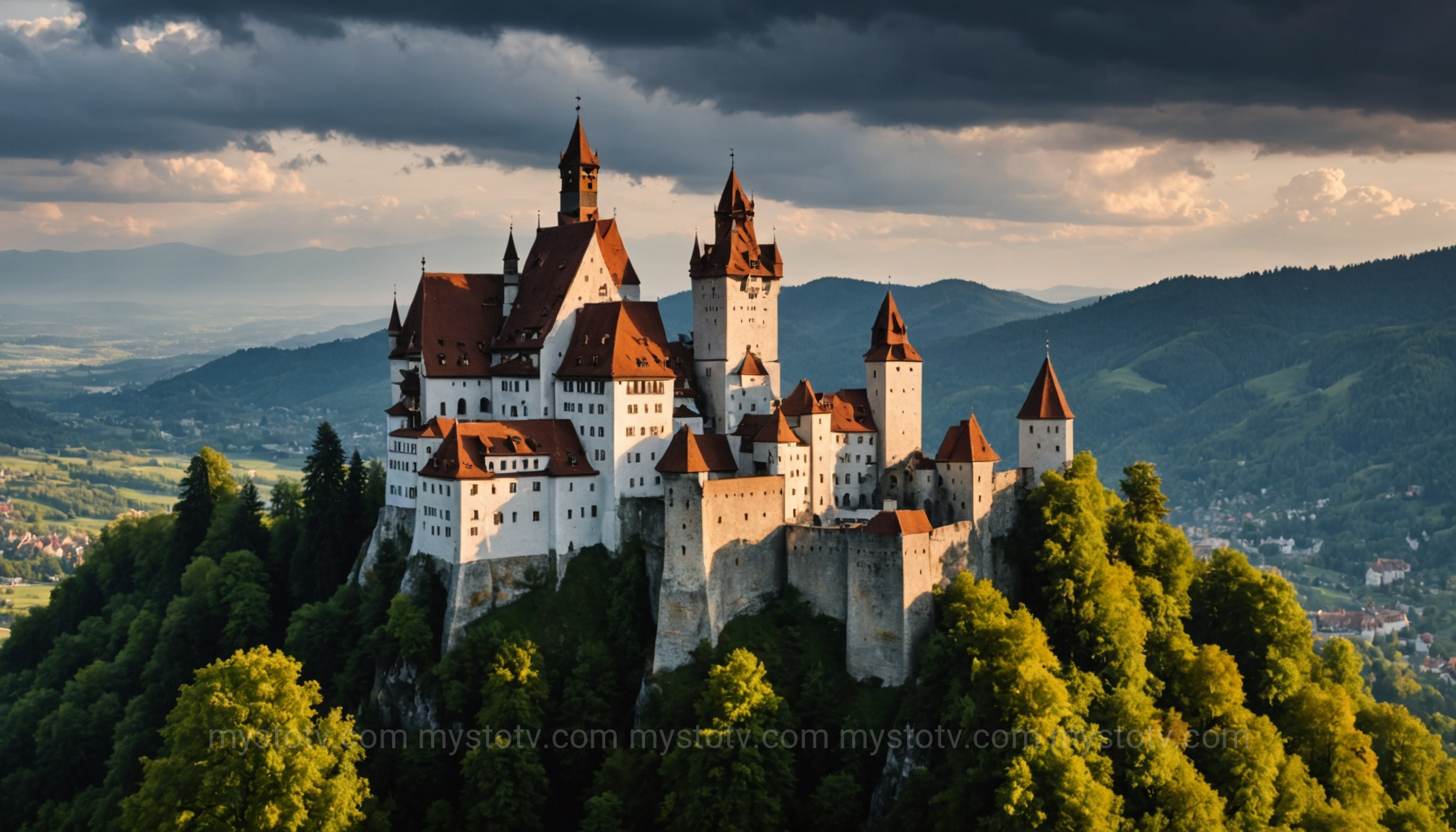
In Romania, "Dracula tourism" is a major industry. Hordes of visitors flock to Transylvania in search of the vampire's lair. The most famous site is Bran Castle, marketed globally as "Dracula's Castle." The irony is that Vlad the Impaler likely never set foot in Bran Castle, or at best stayed there for a very short time. The castle's dramatic appearance simply fit the description from Stoker's novel.
Vlad's actual fortress, Poenari Citadel, is now a ruin, far less accessible and visually impressive. Yet, the myth is more profitable than reality. This tourism boom is a direct result of the powerful, albeit largely manufactured, vlad the impaler dracula connection that draws a straight line from a real prince to a fictional castle.
Separating Man from Myth
Within Romania, the perception of Vlad III is very different. He is often revered as a national hero, a stern but just ruler who fought for Romanian independence against the overwhelming might of the Ottoman Empire. His brutality is seen as a necessary evil in the defense of his homeland. For many Romanians, the equation of their national hero with a blood-sucking monster is a frustrating and bizarre consequence of Western fiction.
This dichotomy highlights the ultimate legacy of the connection: it created two Vlads. One is the historical voivode, a complex and brutal figure of national importance. The other is the vampiric ancestor, a gothic icon of global pop culture. Reconciling the two remains a challenge.
Analysis: The economic and cultural legacy of the Vlad the Impaler Dracula connection is undeniable. It has spurred tourism and placed Romania on the world's cultural map, but often for reasons that misrepresent its own history. The myth has become so powerful that it actively competes with historical fact, creating a tension between national identity and international perception. The story of Vlad and Dracula is no longer just about history or literature; it's about how stories evolve and take on a life of their own.
Frequently Asked Questions About the Vlad the Impaler Dracula Connection
- Was Vlad the Impaler actually a vampire?
- No. This is the central myth. Vlad III was a real human prince who was known for his extreme cruelty, particularly impalement. There are no historical accounts from his time that describe him drinking blood or having any supernatural characteristics. The vampire link is a purely fictional creation that arose centuries after his death.
- Did Bram Stoker base Count Dracula's castle on a real Romanian castle?
- Not specifically. Stoker's description of Castle Dracula is a gothic amalgam of various images and descriptions. He never visited Romania. Bran Castle became associated with Dracula largely due to its dramatic appearance, which fits the popular image of a vampire's lair. This connection was solidified by the Romanian tourist board in the 20th century to attract visitors, capitalizing on the vlad the impaler dracula connection myth.
- How did Vlad the Impaler get his name "Dracula"?
- Vlad III's father, Vlad II, was a member of the Order of the Dragon (Ordo Draconum). In Romanian, "drac" meant dragon, so he was called Vlad Dracul ("Vlad the Dragon"). The "-a" suffix in Romanian can mean "son of," so Vlad III was known as Dracula, or "Son of the Dragon." The name's later association with the word "devil" was a coincidence that Bram Stoker found useful for his villain.
References
- Florescu, Radu R., and McNally, Raymond T. Dracula, Prince of Many Faces: His Life and His Times. Little, Brown and Company, 1989.
- Treptow, Kurt W. Vlad III Dracula: The Life and Times of the Historical Dracula. The Center for Romanian Studies, 2000. ISBN: 973-98392-2-3.
- Wilkinson, William. An Account of the Principalities of Wallachia and Moldavia: with various political observations relating to them. Longman, Hurst, Rees, Orme, and Brown, 1820. https://books.google.com/books?id=i9c-AAAAcAAJ
- Stoker, Bram. Dracula. Archibald Constable and Company, 1897.
Conclusion
The journey from 15th-century Wallachia to the modern cinematic universe reveals a fascinating truth: the vlad the impaler dracula connection is more a product of coincidence and pop culture evolution than historical accuracy. Vlad III was a real prince whose brutal methods of warfare earned him a terrifying reputation. Bram Stoker was a novelist who created a timeless gothic villain and borrowed Vlad's evocative name, knowing little else about the man. It was in the century that followed, through academic curiosity and the immense power of film, that the two were irrevocably fused in the public imagination. Understanding this distinction doesn't diminish the chilling power of Count Dracula or the complex historical legacy of Vlad Țepeș. Instead, it enriches both stories, allowing us to appreciate the real man, the fictional monster, and the strange, enduring bridge between them.